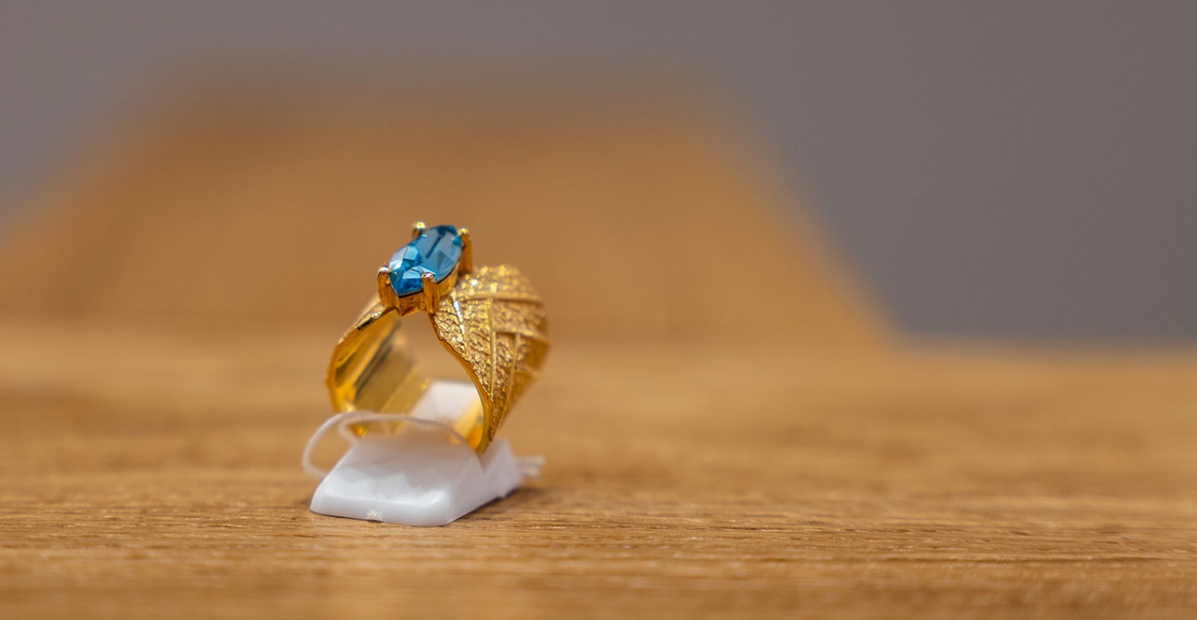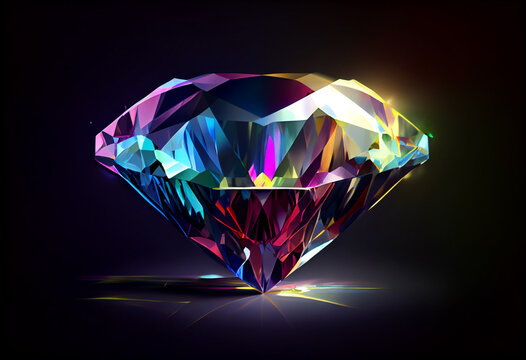Diamonds and Cultures: Embracing the Future of Ethical Luxury

Lab diamonds are gaining recognition across various cultures, becoming a popular choice in the world of fine jewelry. As more people embrace sustainability, ethical considerations, and innovation, lab-grown diamonds are creating a ripple effect in cultures worldwide. These man-made gems are not only a reflection of modern technological advancement but are also challenging traditional views of luxury and beauty. This article delves into how lab diamonds are shaping cultural perceptions and practices, particularly in relation to sustainability, ethical responsibility, and the evolving jewelry industry.
Table of Contents
ToggleUnderstanding Lab Diamonds and Their Cultural Impact
Lab diamonds are created using advanced technologies that replicate the natural conditions under which diamonds are formed in the earth. Through processes like High Pressure High Temperature (HPHT) and Chemical Vapor Deposition (CVD), diamonds are grown in a laboratory setting in a fraction of the time it takes for natural diamonds to form. These man-made diamonds are virtually identical to mined diamonds in appearance, chemical composition, and physical properties. Across cultures, lab diamonds and cultures are becoming increasingly seen as a sustainable and ethical alternative to traditional mined diamonds, aligning with the growing global movement towards environmental consciousness and social responsibility.
The cultural impact of lab diamonds is significant as they challenge long-standing traditions around diamond mining. Many cultures that place a premium on the rarity and symbolic value of diamonds are now questioning whether lab diamonds can hold the same status and emotional significance as those mined from the earth. As lab diamonds gain acceptance, they are slowly changing the narrative surrounding luxury and what it means to invest in a precious stone, creating a shift in cultural values across the globe.
Lab Diamonds and Sustainability: A Cultural Shift Toward Eco-Friendliness
Sustainability is one of the central reasons why lab diamonds have been embraced by many cultures, especially in regions that are becoming more eco-conscious. Diamond mining has long been associated with significant environmental damage, including deforestation, soil erosion, and water pollution. In response to these concerns, many cultures that value environmental preservation have turned to lab diamonds as a cleaner and greener alternative.
The production of lab diamonds requires far less land disturbance and generates less environmental waste compared to the mining process. As a result, lab diamonds are perceived as a more eco-friendly choice that supports sustainable practices. The growing popularity of lab diamonds reflects a cultural shift where sustainability is increasingly valued, and consumers are making purchasing decisions based on environmental and ethical considerations. In cultures where ecological preservation is a priority, lab-grown diamonds are now seen as a responsible and forward-thinking choice.
Lab Diamonds and Ethical Values Across Different Cultures
Ethical issues surrounding the diamond industry, particularly the prevalence of conflict diamonds or “blood diamonds,” have caused concern in many cultures. Conflict diamonds are mined in war zones and sold to fund armed conflict, often resulting in human rights violations, exploitation, and violence. As a result, many people, especially in Western and developing cultures, are seeking alternatives that guarantee ethical sourcing.
Lab diamonds address these concerns by providing a clear and transparent supply chain. Since lab diamonds are grown in controlled environments, they come with a guarantee that no human rights abuses are involved in their production. This aligns with the growing ethical awareness in cultures around the world, where consumers are increasingly interested in the origin of the products they purchase. Lab diamonds are seen as a more ethical choice, as they ensure that the beauty and luxury of diamonds are not tied to exploitation or violence.
Lab Diamonds and Cultural Acceptance in Modern Weddings
In many cultures, diamonds play a significant role in wedding traditions, often symbolizing love, commitment, and status. The idea of exchanging a diamond engagement ring is deeply embedded in marriage customs in cultures across the globe, particularly in Western countries. However, as awareness of the environmental and ethical impacts of diamond mining spreads, more people in these cultures are turning to lab diamonds as a suitable alternative.
Lab diamonds are increasingly being incorporated into wedding traditions, with many couples opting for these ethical alternatives in lieu of mined diamonds. The cultural shift towards lab-grown diamonds reflects changing attitudes towards luxury and consumerism. As lab diamonds become more widely accepted, their role in wedding rituals evolves, allowing them to represent not only love and commitment but also the values of sustainability and ethical responsibility.
Lab Diamonds and Cultural Perceptions of Luxury
For many years, luxury has been associated with rarity, exclusivity, and the natural origin of materials. Mined diamonds, in particular, have long been regarded as the ultimate symbol of wealth and status due to their scarcity and long history. However, as lab diamonds have become more widely available and culturally accepted, they are challenging traditional perceptions of luxury.
In many cultures, luxury is now seen as a reflection of personal values rather than mere rarity. As consumers become more aware of the negative social and environmental impacts of mined diamonds, the concept of luxury is shifting. Lab diamonds are becoming a symbol of responsible luxury, where the beauty and brilliance of the gem are matched by the positive impact on the environment and society. This cultural shift is encouraging individuals to redefine what it means to own and wear luxury items, with lab diamonds emerging as a forward-thinking and responsible choice.
The Global Appeal of Lab Diamonds Across Diverse Cultures
Lab diamonds are not confined to any one culture; they are gaining global appeal across various regions, each with its unique perspective on luxury, ethics, and sustainability. In countries like the United States and Canada, lab diamonds have seen significant growth in popularity, particularly among millennials and Gen Z consumers who value ethical consumption and sustainability. In Europe, where environmental issues are increasingly important, lab diamonds have become a popular choice for consumers seeking both beauty and responsibility.
In India and other parts of Asia, where diamonds are a significant part of wedding traditions, lab diamonds are slowly gaining ground as an ethical alternative. As cultural perceptions of luxury evolve, lab diamonds are expected to continue making inroads in these regions. The adaptability and global appeal of lab diamonds reflect the growing cultural shift towards a more sustainable and ethically conscious world.
The Future of Lab Diamonds in Cultural Norms
As lab diamonds continue to gain popularity, it is clear that they are becoming an integral part of modern cultural practices. Their appeal crosses cultural boundaries, reflecting a universal desire for more sustainable, ethical, and responsible luxury. The increasing acceptance of lab diamonds challenges long-standing traditions while embracing a future that prioritizes the well-being of people and the planet.
In the coming years, lab diamonds are likely to become even more embedded in cultural norms, as consumers across the world continue to prioritize ethical and environmental values. Whether in weddings, engagements, or fine jewelry, lab made diamonds will undoubtedly play a significant role in shaping the future of the diamond industry. The cultural significance of lab diamonds will continue to evolve, making them a lasting symbol of love, luxury, and responsibility.
Conclusion: Lab Diamonds and Cultures are Shaping the Future
Lab diamonds are revolutionizing the diamond industry, with their growing popularity across cultures worldwide. From their ethical and environmental benefits to their role in modern wedding traditions, lab diamonds are proving that luxury can coexist with responsibility. As more consumers embrace these man-made gems, the cultural impact of lab diamonds will continue to grow, making them a symbol of a more sustainable and ethical future. Whether in terms of sustainability, ethical practices, or evolving perceptions of luxury, lab diamonds are indeed shaping the cultural landscape and will continue to do so for years to come.





